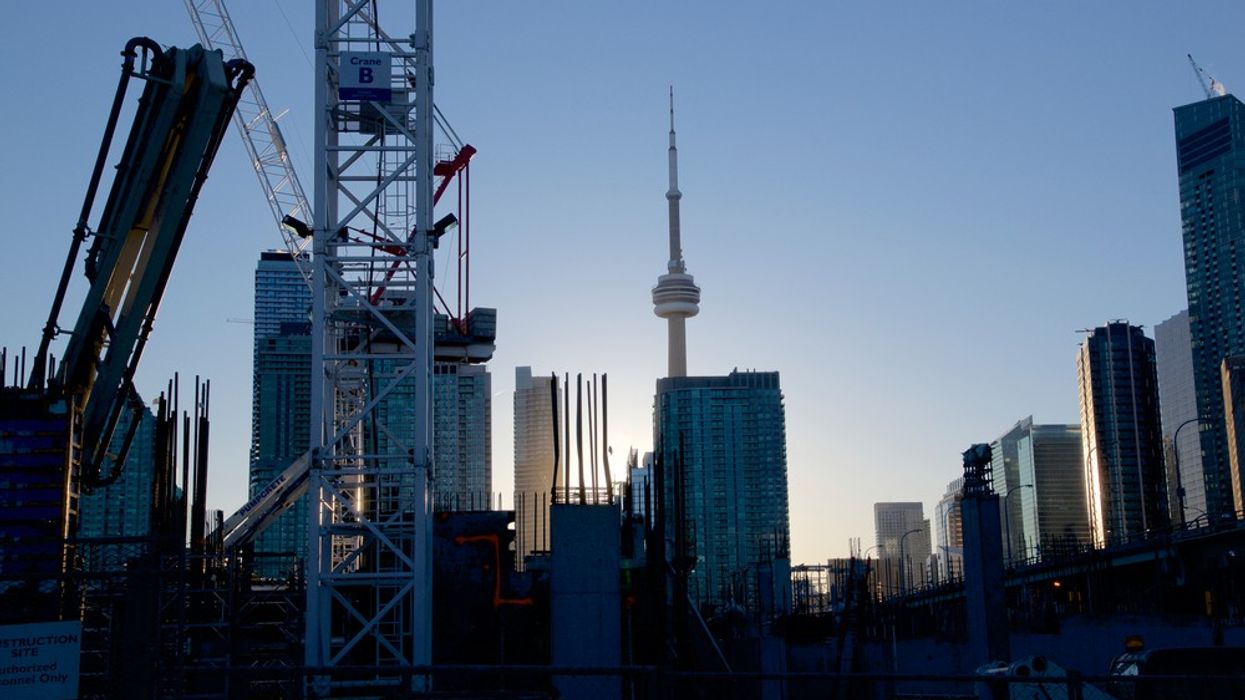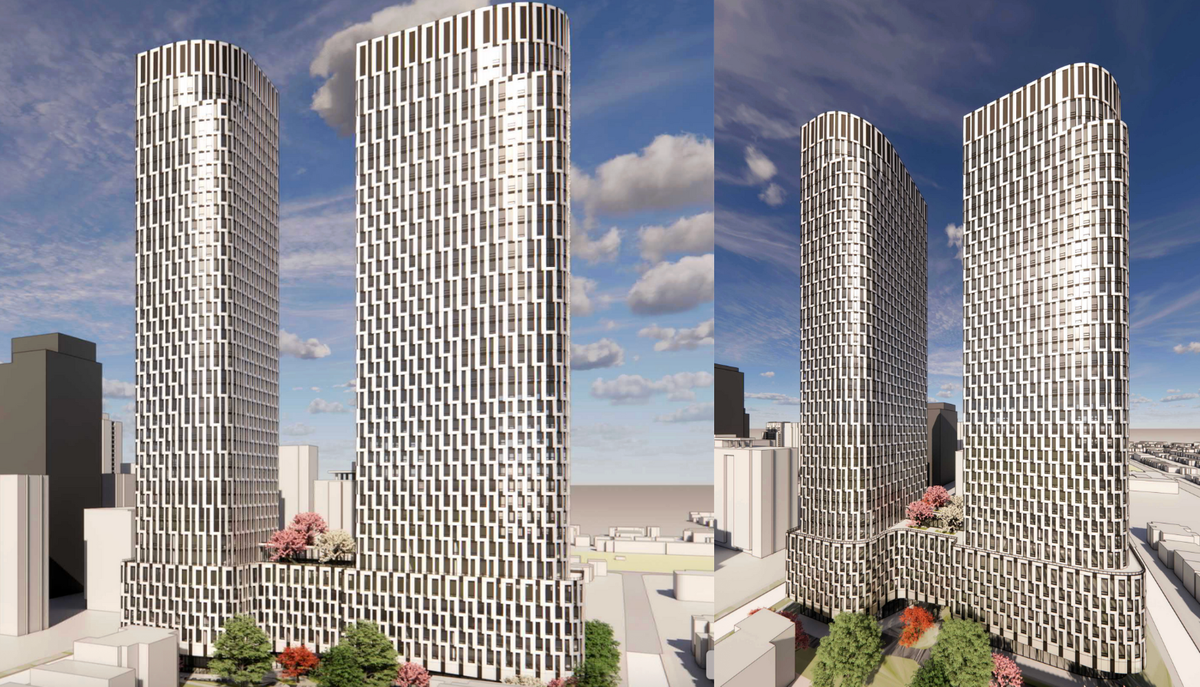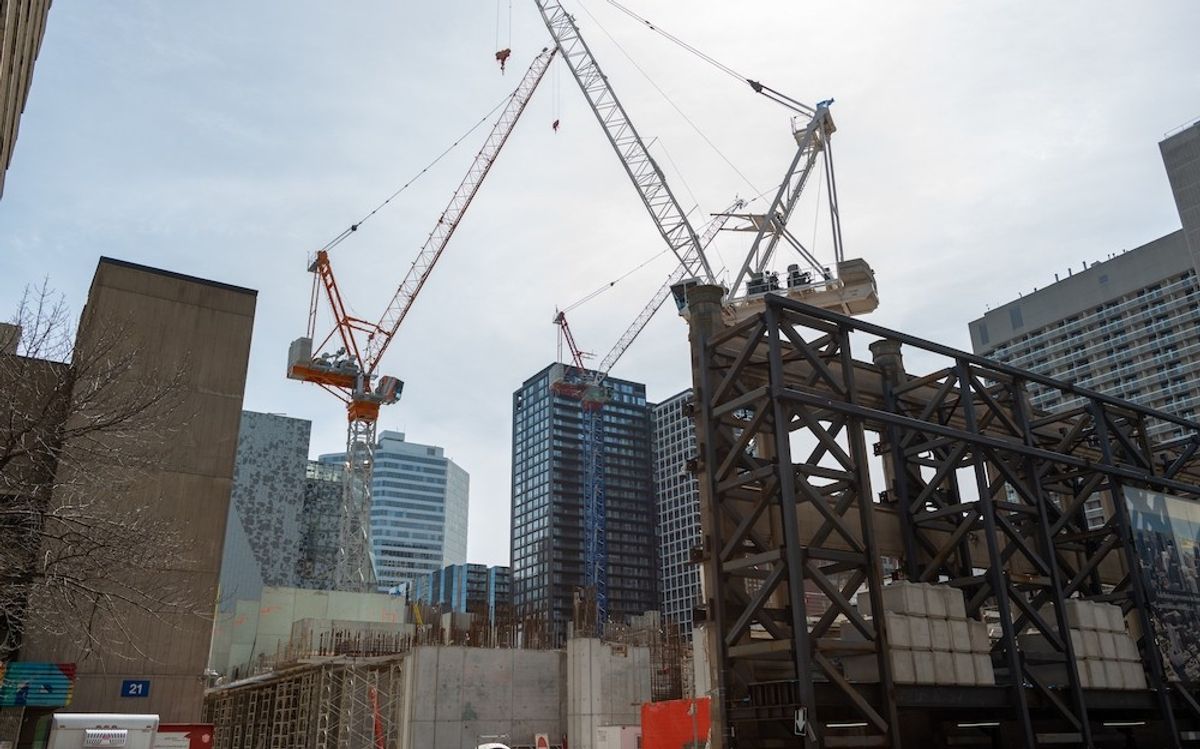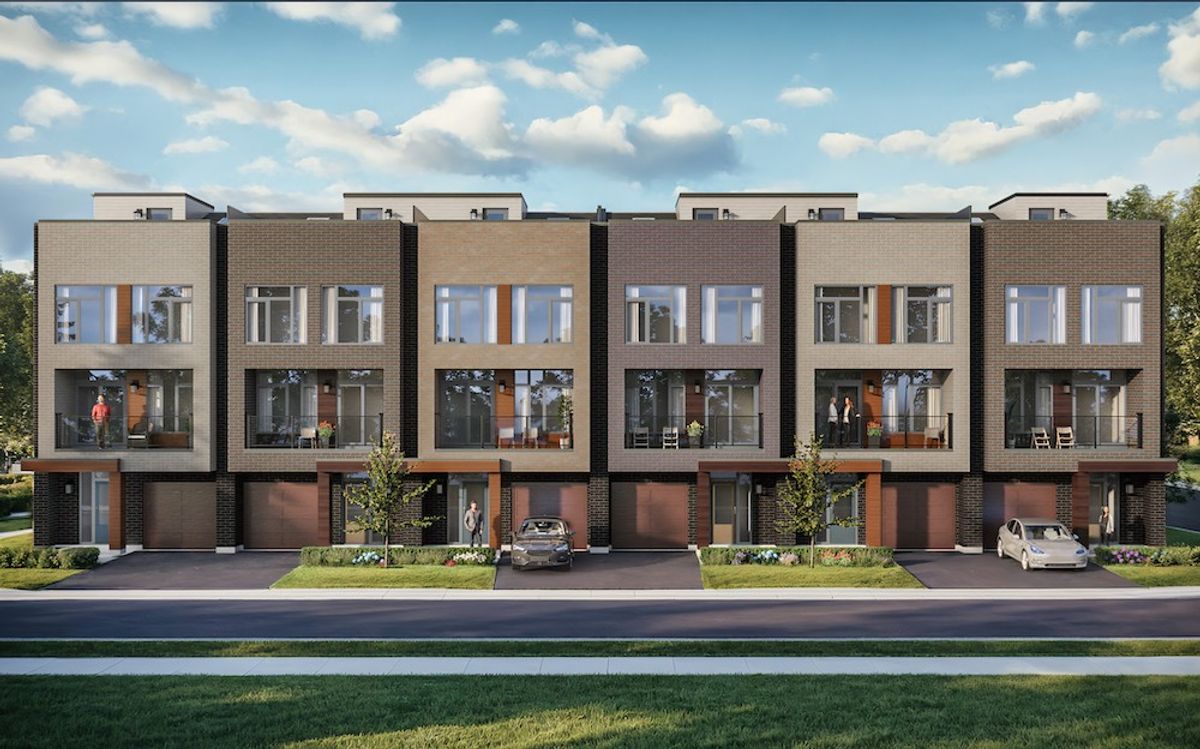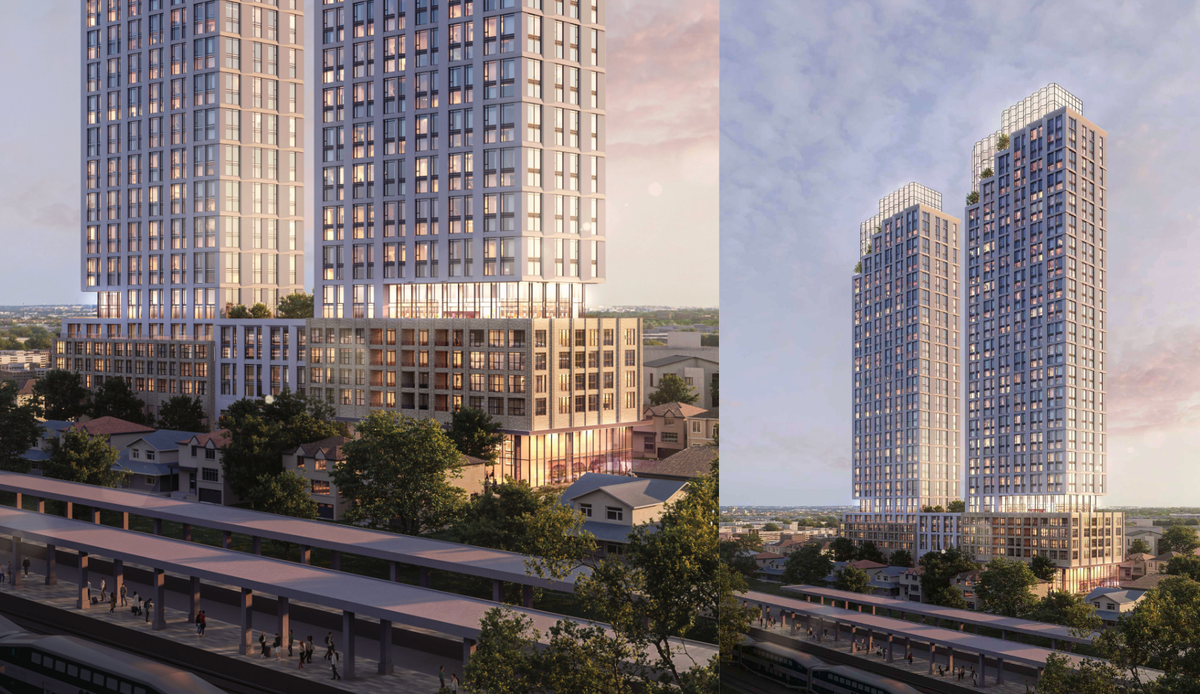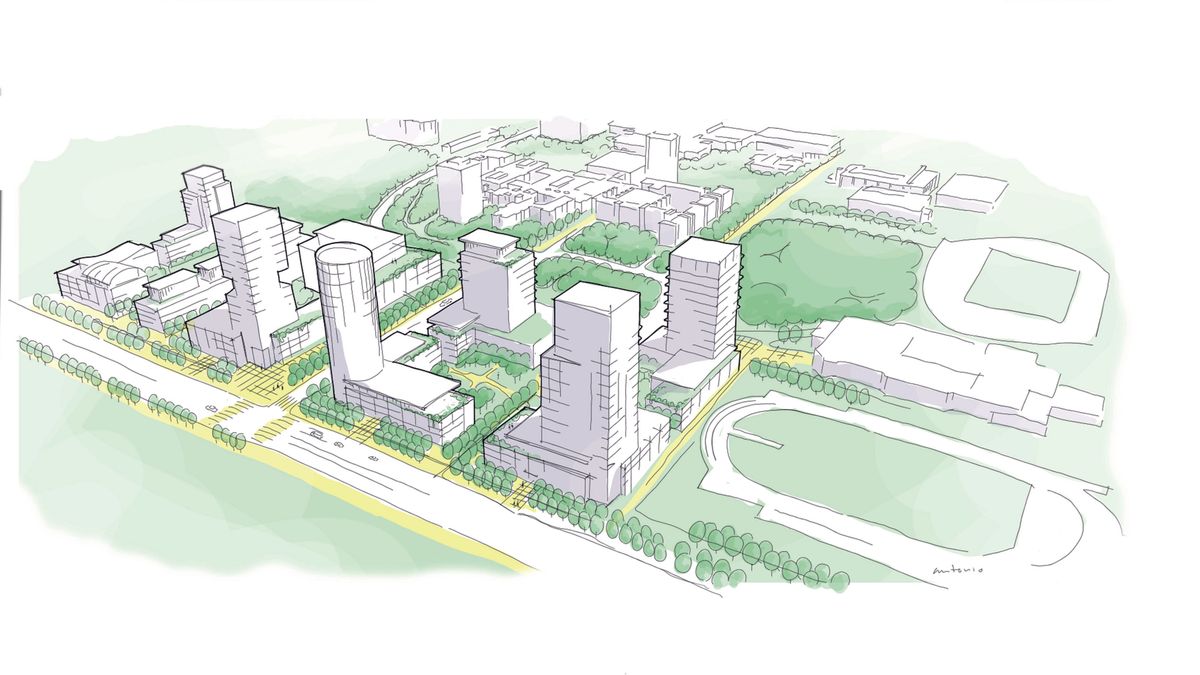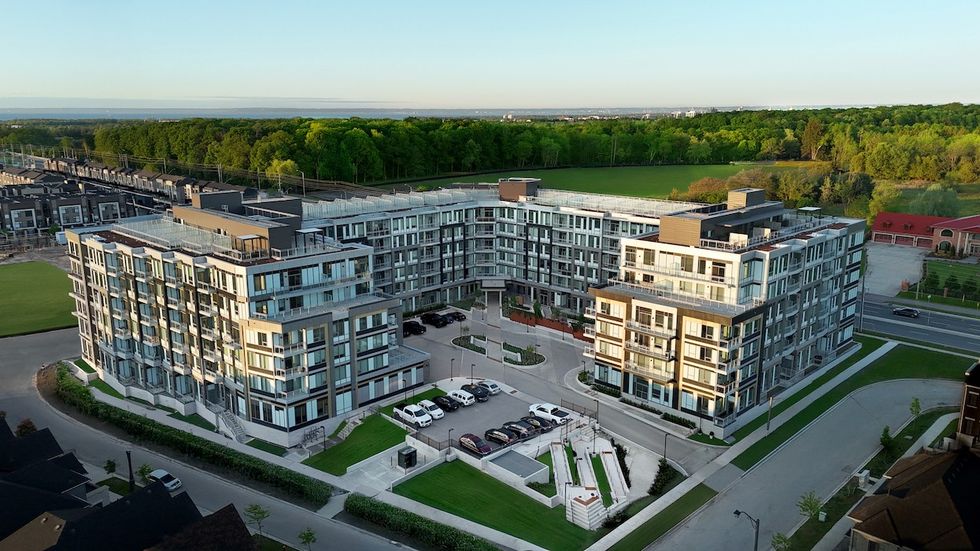The nurse can’t afford the city she heals. The teacher can’t afford the city she inspires. The tradesman can’t afford the city he builds.
If that doesn’t sound like a crisis, you’re not paying attention.
We’re witnessing an exodus in real time, one not driven by aspiration, but by survival. From Mississauga to Scarborough, Hamilton to downtown Toronto, the very people who keep our cities functioning are being priced out of them. And with every essential worker who leaves or breaks under the burden of housing costs, the ripple effects compound: fewer services, longer wait times, rising costs, and fraying social cohesion.
In the US, they call this a demand for “workforce housing” — why don’t we have the same term here?
A recent report by the Boston Consulting Group in collaboration with CivicAction describes the situation as an economic emergency that is quietly eroding the GTA's foundation by pushing out the workers who hold it together.
This is no longer just a housing issue. It’s a labour issue, a health issue, an education issue, and an economic emergency. We are hollowing out our urban core, and in doing so, we’re corroding the country’s ability to function.
The Working-Class Squeeze is Now a Middle-Class Crisis
The report reveals a hard truth. Nearly one in every two households (see the chart below) in the Greater Toronto and Hamilton Area (GTHA) earns between $40,000 and $125,000 a year and, increasingly, they can’t afford to live where they work.
These people are not luxury seekers. They are the lifeblood of the region, early childhood educators, nurses, tradespeople, social workers, artists, retail staff. The very people a city depends on are making impossible choices: spending more than 30% of their income on rent, commuting two hours each way, or turning to food banks and public assistance, all while holding full-time jobs.
Even more worrying? Many can’t handle a $500 emergency. In one of the wealthiest regions in North America, over half of new food bank users in Toronto are from working households.
via valery.ca
The True Cost of Unaffordability is Much Greater Than Rent
When we think about housing unaffordability, we tend to think in personal terms: missed dreams, cramped spaces, the heartbreak of being locked out. But those personal consequences scale quickly and dangerously.
Businesses are struggling to attract and retain talent. In response, some have begun offering wage premiums, costing an estimated $2.8 billion annually in extra payroll. But even that isn’t always enough. Nurses, for example, earn only a 3% premium on average, far below the 12–17% needed just to match the cost of living.
Our public systems are buckling. Financially stretched households spend less on preventive health. People experiencing housing instability visit emergency rooms 20% more often. Kids from housing-insecure families are nearly 30% more likely to fall behind in school. And in abusive households 79% of victims say high housing costs are a barrier to leaving.
This is what collapse looks like: not sudden, but cumulative.
via valery.ca
Why the Market Alone Won’t Fix This
Let’s be clear on one thing. This isn’t just a supply issue. It’s a system failure.
- Zoning paralysis: In the GTA, 70% of land is zoned exclusively for single-family homes, locking out density and affordability by design.
- Approval gridlock: A new housing project in Toronto can take 20 months to get approved, four times longer than in Calgary.
- Misaligned incentives: Over half of Toronto’s new condo units between 2018 and 2022 were studios or one-bedrooms. Just 4% had three bedrooms.
- Funding black holes: Nearly 45% of housing projects are stuck at the feasibility stage, unable to secure the capital to break ground.
- Labour and material shortages: Construction costs have outpaced inflation, and over 93,000 construction jobs remain unfilled. Ironically, many workers can’t afford to live near the very sites they’re meant to build.
When so many inputs are broken, no amount of "build more" rhetoric will do the trick.
We Don’t Need to Reinvent the Wheel, We Just Need to Act Boldly
Other cities/countries have cracked this code. They didn’t wait for the private market to solve the crisis. They acted, and they acted together.
- Vienna houses over 50% of its population in publicly owned or co-op units, with rents 20% below market.
- Singapore built its way to affordability by integrating housing with transit and infrastructure, successfully putting 80% of its citizens in public units.
- Sweden uses prefab housing for 84% of detached homes, dramatically cutting construction time and cost.
- Portland rezoned for mixed-use and density and linked it with transit investment, creating livable, walkable neighbourhoods at scale.
The GTHA has made some moves, like approving Hamilton’s Light Rail Transit and exploring prefab, but we remain leagues behind.
What We Need Now Is a Four-Part Playbook
While no single policy can solve the problem alone, a focused, multi-pronged strategy can lay the groundwork for meaningful progress. Drawing from global best practices and tailored to the GTA’s unique context, here are four foundational actions that must be prioritized, starting now:
- Prioritize workforce housing
- Public housing should serve not just the poorest, but also the people who power our region. Essential workers deserve access to affordable homes near where they work.
- Unblock approvals and rezone with courage
- Create fast-track pathways for developments that meet affordability criteria. Rezone low-density neighbourhoods near transit into vibrant, mid-rise communities.
- Rethink financing
- Expand tools like social impact bonds and revolving housing funds. De-risk early-stage capital to unlock stalled developments — especially for non-profits.
- Align planning with purpose
- Bring housing, transit, jobs, and services into the same conversation. Target underused land near employment hubs for affordable, mixed-income communities.
The Time for Talk Is Over
Toronto is often described as a world-class city. But a world-class city doesn’t push its teachers to the margins, force its construction workers to commute from hours away, or make its nurses line up at food banks.
We are at a crossroads. Either we confront this housing crisis with bold, coordinated, cross-sector action, or we resign ourselves to an unraveling urban future marked by inequality, inefficiency, and fragility.
Let’s choose to build, not just homes, but the kind of region where people can live, thrive, and belong.
